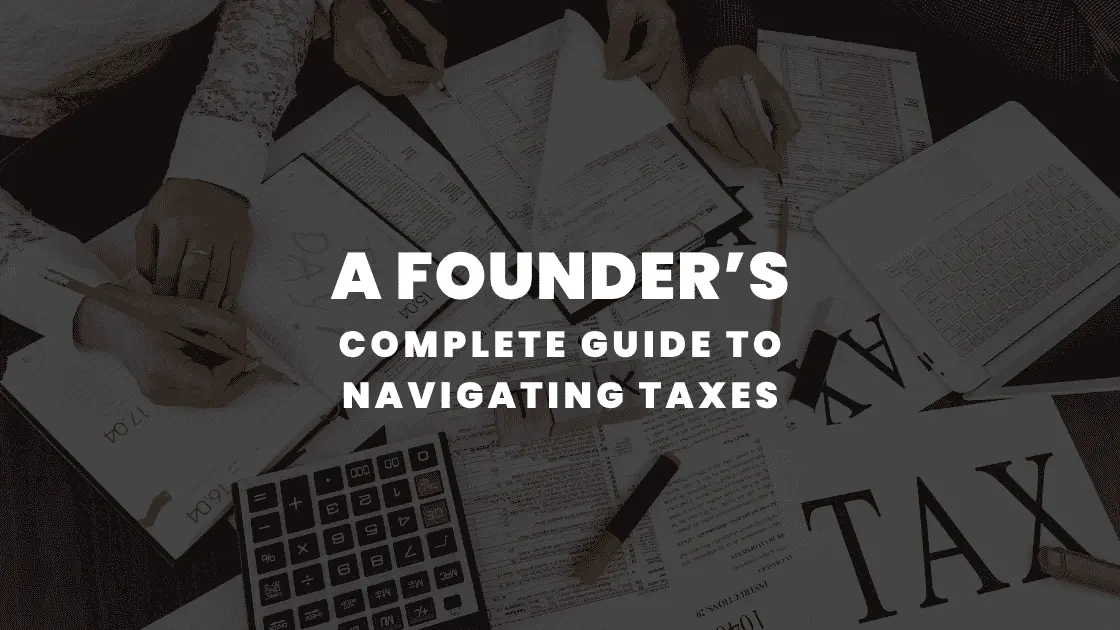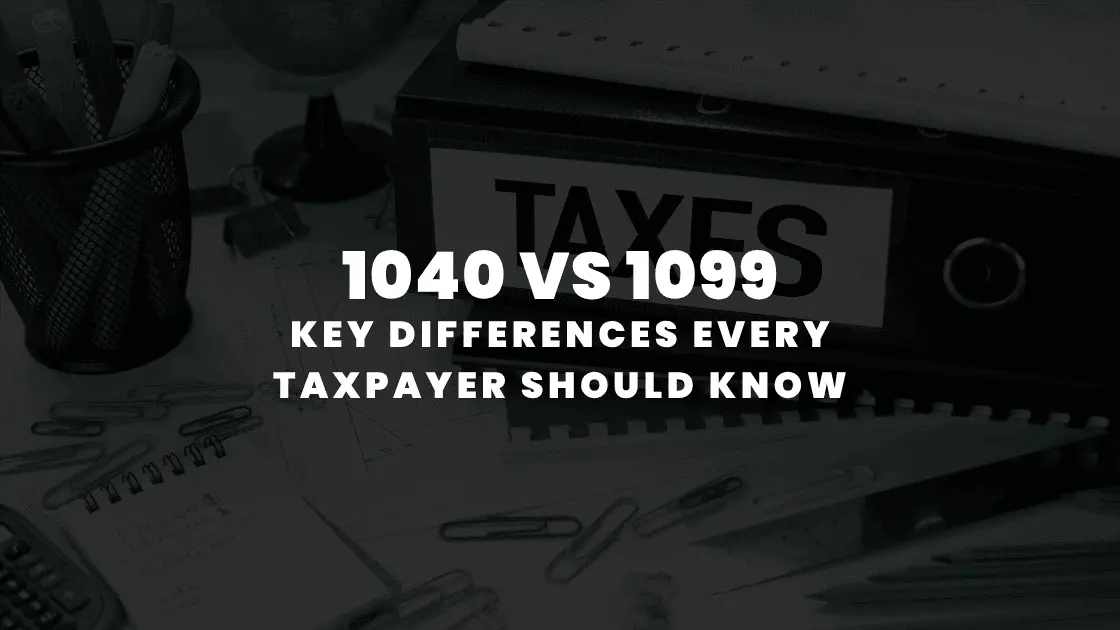July 6 2025 | By Raza Agha | 5 minutes Read

What Are Partnership Distributions?
Are Partnership Distributions Taxable?
Understanding Basis: The Key to Taxation of Partnership Distributions
Types of Partnership Distributions
Current Distributions
Liquidating Distributions
What About Guaranteed Payments?
How Are Non-Cash Distributions Taxed?
What Should You Track?
Simplify Your Taxes with Monily
If you’re a part of a partnership or intending to form one, you may already have wondered: how are partnership distributions taxed? It’s an important question and one that many business owners ask before forming a partnership.
Understanding how distributions work and how they affect your taxes can save you from surprises during tax season. And of course, avoid lots of stress.
In this blog, we will discuss everything in detail and in plain terms, so that all your questions regarding partnership distributions are answered in the simplest terms. No jargon, no accounting maze, just clear answers. Let’s get into it.
Let’s start with the basics. A partnership distribution is money or property a partner receives from the partnership. These distributions usually come from the partnership profits. But it’s not always about profits, sometimes distributions also return the money a partner initially invested.
Partnership distributions are different from salaries. Partners don’t get paid salaries like regular employees in most cases, instead they receive a share of the profits (called distributive share). Partners may also get actual cash or property distributions throughout the year.
Now for the big question: Are partnership distributions taxable? The answer depends on the type of distribution and your individual tax situation.
Here’s where it gets interesting, not all distributions are automatically taxable. Some are, others aren’t. it depends on your basis in the partnership (we’ll explain that next) and the type of distribution you receive.
The basis is actually your investment in the partnership. It starts with how much money or property you put into the partnership and changes over time based on income, losses, and distributions.
If you receive a distribution that is less than or equal to your basis, it’s usually not taxable. That’s because the IRS sees it as you simply taking back a part of what you initially invested.
But if the distribution is more than your basis, the excess is taxable. In fact, in most cases, this will be taken as a capital gain.
Let’s break that down with an example:
This is the foundation of how the taxation of partnership distribution works.
There are mainly two types of distributions: current distributions and liquidating distributions.
These are regular partnership distributions partners receive during the life of the partnership. They can be in the form of cash, property, or even a reduction in the partner’s share of partnership liabilities.
For tax purposes, these are not usually taxable if they don’t exceed your basis. But remember, they do reduce your basis. That means if you receive another distribution later, you might have to pay taxes on it if your basis has dropped.
These distributions are disbursed when a partnership is winding up or a partner is leaving. These can be more complicated in terms of taxes.
In either case, the taxation of partnership distributions depends heavily on your basis and how the distribution is structured. A tax expert can better help you understand the type of distribution and its taxation.
Sometimes, partners receive guaranteed payments, a fixed amount paid regardless of the partnership’s profits. These are not considered distributions. Instead, they’re treated like income and taxed accordingly.
So, if you’re a partner getting guaranteed payments for services or capital, expect to pay self-employment tax and report the income just like any other compensation.
Cash is straightforward, but what if you receive property or assets instead?
So, while non-cash distributions may not be taxable right away, they can affect future taxes.
To stay on top of the taxation of partnership distributions, here’s what to keep track of.
A clear up-to-date capital account is your best friend when it comes to staying tax ready.
Understanding how partnership distributions are taxed doesn’t have to be overwhelming. Once you get familiar with the concepts of basis, types of distributions, and what triggers taxes, the process becomes much easier.
Still have questions? Let’s help you.
At Monily, we assist business owners, partners, and entrepreneurs handle their partnership taxes with confidence. From tracking your basis to planning distributions wisely, we have got your back.
If you want to make your taxation of distribution process smoother, book a consultation with us.
Subscribe for business tips, tax updates, financial fundamentals and more.
MORE BLOGS

Starting a business is exciting, right? There’s innovation, there’s growth potential, and the thrill of building something from scratch. But amid all the planning, entrepreneurs often […]
Learn More →
Starting a business is quite thrilling, until tax season arrives. For founders, understanding the nitty gritty of startup taxation can make a difference between financial efficiency […]
Learn More →
Tax season can be overwhelming, especially when you’re staring at multiple forms with numbers instead of names. Two of the most common, and often misunderstood, are […]
Learn More →